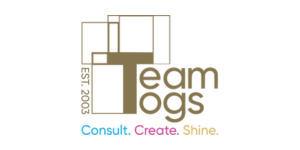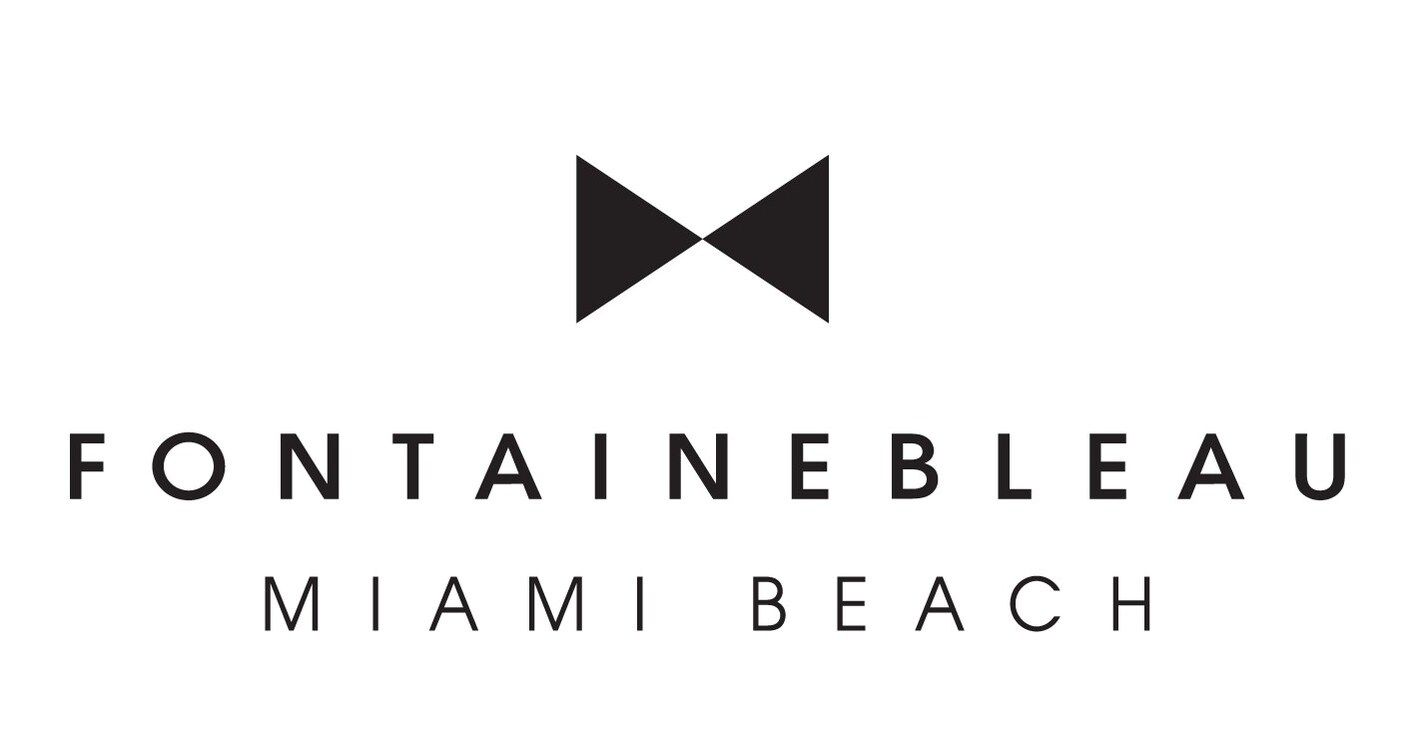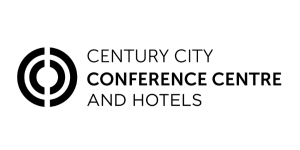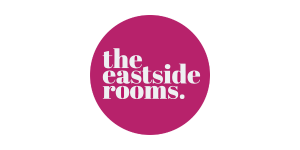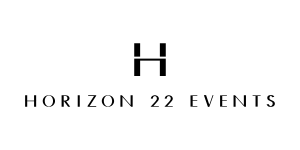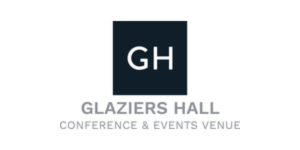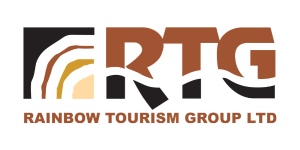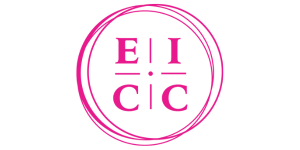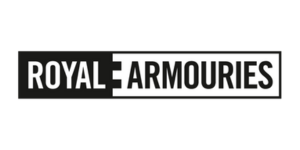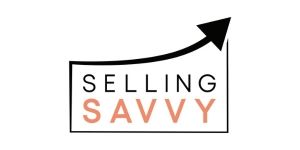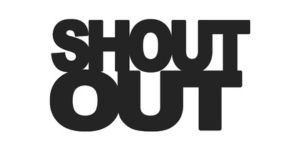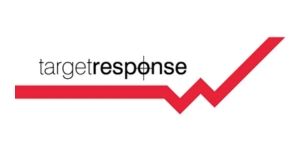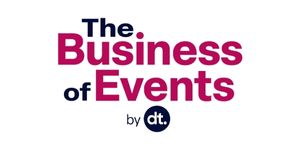Successful selling at an exhibition
With The Meetings Show 2023 now less than two months away, our latest Show Pro is focused on how to sell successfully.
We’re delighted to be partnering with Selling Savvy to offer some virtual training workshops for exhibitors ahead of this year’s show, including Prepping for an exhibition (18 May) and Successful selling at an exhibition (31 May). Exhibitors can sign up to attend these sessions within the Training & Guides section of the e-zone.
We caught up with Selling Savvy managing director and founder Kate Plowright for advice and tips on the best approach for selling on stand and how to get the most out of this year’s show.
Adapt your approach
It’s important to understand that selling at an exhibition is completely different to other sales channels and you need to approach it differently.
“Event salespeople are used to having long lead relationships, and the chance to build relationships over the course of several emails and calls, and maybe an appointment and a show round. Even if it’s a short lead enquiry, they’ll still often have several touch points. At an exhibition, you have that one chance to make a good impression,” explains Plowright.
“The biggest pitfall I come across at exhibitions and often see salespeople make is that they panic because they want to make a good impression. They are obviously enthusiastic about their venue or their business, so they just jump into their pitch straight away. I get it at exhibitions and I’m not even a buyer. People will just come straight up to you and say, ‘have you ever been to our venue, we’re a five-star in London with event space for 100 people’, and there’s barely a hello and what do you do?”
Ask the right questions
Being prepared is the key to being able to get the most out of even the shortest of conversations on the show floor. “It’s all about qualifying quickly and having the right questions in your back pocket so that don’t sound like you are interviewing people but that will give you well-rounded answers. Once you have qualified that someone is a buyer and prospective client, it’s about having the ability to adapt your pitch or conversations to be consultative.
“Focus on creating memorable conversations. Those memorable conversations don’t have to have bells and whistles on them. You don’t have to be giving away Champagne and chocolates. All it needs to be is a good rapport building conversation that is not just about work. Try and find some common ground, whether that’s kids or dogs or holidays, and build on that so you connect with them on a personal level.”
When telling them about your venue or business, aim to give them a flavour of it, rather than reeling off every last detail such as square footage and room capacities. “Flavour is a great word to focus on. The flavour comes from your personality, and the look and feel of your stand, which represents your brand culture. It doesn’t come from capacities because people won’t remember that.
“Unless you are a buyer looking specifically for a space for 600 people and are struggling to find somewhere – the capacities don’t really matter to start with. You need to think longer term. Even if these buyers don’t have business for you now, you never know whether they might in future. So, just focus on building the strong relationships to start with.”
Set your expectations and have a clear plan
“I tend to view trade shows as more of a tool for building brand awareness and long-term relationships rather than a lead magnet, although they can be good for generating leads if that’s what your goal is. Decide what is most important for you ahead of the show, set clear expectations, and make sure you communicate that strategy to everyone on the team who will be on stand.
“If you want to get leads or solid enquiries, your conversations are likely to be quicker and shorter, because it’s more of a numbers game. If your strategy is brand awareness, think longer term and make sure your team are trained on how to have the right conversations to achieve that objective.”
Plowright adds that it might sound obvious, but make sure there is a plan in place to ensure the stand is always covered throughout the day, whilst of course allowing time for breaks, to ensure you don’t lose out on potential sales opportunities.
“Also look at what talks or content sessions you might want to attend both from a learning perspective and to make new contacts. Don’t just sit at the back and hide but see those sessions as a potential selling opportunity as well. Don’t limit the selling to when you are on stand, you can sell throughout the day while wandering the show floor or during networking opportunities as well.”
Play to your teams’ strengths
Every salesperson has their own comfort zone of what they feel comfortable doing, so make sure you play to their strengths. Some people will be brilliant at generating interest from the outskirts of your stand, gaining eye contact and initiating a conversation with strangers. But that doesn’t suit everyone. Others might be more comfortable with the pre-booked appointments, or networking opportunities.
“If you are not comfortable with being that person out front trying to draw people to your stand then it’s best not to do it as it can come across as awkward.”
Don’t forget the follow up
Make sure you have an easy way to document all those conversations during the show, so you can follow up with everyone afterwards. “At Selling Savvy, we use voice notes when we are at exhibitions as we find it a quick and easy way to note who you have spoken to and what you talked about, as you don’t have to type up notes after each meeting, which can mean you are preoccupied and missing new selling opportunities.”
Avoid blanket email follow ups, as these will end up being deleted without being read, if they are not filtered out by spam. “Remember those personal details you talked about, be it that they were about to go on holiday, or they have children a similar age to yours, and reference those in your personalised follow ups, as it will make you stand out and help potential clients to remember you.”
If you don’t follow up at all, you could potentially be missing out on future enquiries and sales. Don’t miss next month’s Show Pro, which will look at follow ups and post-show activity in more depth.








